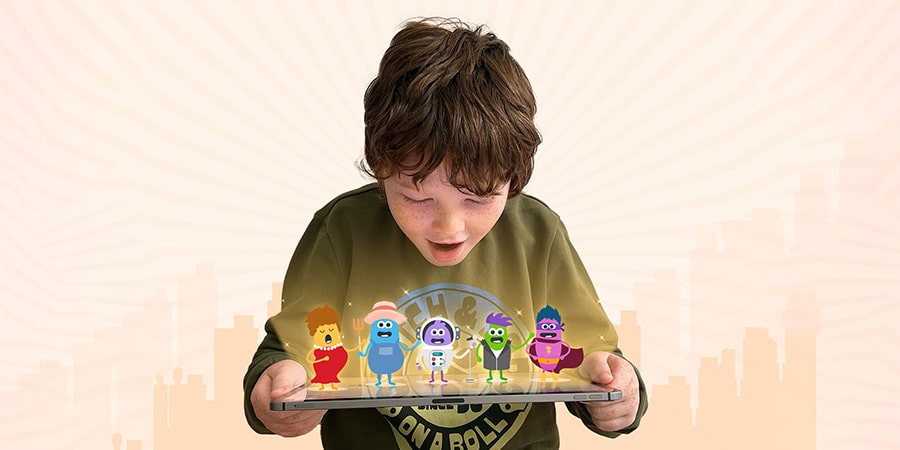Welcome to our Institute Newsletter, September 2025 edition.
Our aim is to provide people with completed research led by CPA, our colleagues and international highlights.
If you have any suggestions/feedback for this newsletter or questions for the researchers, please contact us here.
A Survey of Oral Health-Related Quality of Life for Adults with Cerebral Palsy in Australia
Authors: Karen Lansdown, Kim Bulkeley, Margaret McGrath, Michelle Irving, Claudia Zagreanu, Hayley Smithers-Sheedy
This study explored oral health-related quality of life (OHRQoL) and dental care experiences among adults with Cerebral Palsy (CP) in Australia. In 2023, 69 participants (22 adults with CP, 47 caregivers) completed questionnaires including the OHIP-14. Most had spastic CP, with bilateral spasticity common. Challenges included tooth cleaning (70%), lack of a dentist (25%), and difficulty with exams (60%). Nearly half required specialized care. OHIP-14 scores were linked to oral care routines, dental check-ups, socio-economic status, and functional impairments. Findings highlight significant barriers to oral health and the need for inclusive, accessible dental care strategies for adults with CP. Find out more here.
Hands down, early wins: the case for active, play and training based therapies in unilateral cerebral palsy
Authors: D Fehlings, I Novak, A C Eliasson
This paper commented on early intensive manual therapies (EIMT) for children with unilateral cerebral palsy (UCP). There is good evidence to suggest that these therapies, when involving play and movement training, can greatly improve hand function in babies with UCP. Therapy starting between the ages of 3-6 months when the brain is most adaptable, leads to better outcomes. EIMT examples include Bimanual Intensive Training (BIT) and modified Constraint-Induced Movement Therapy (mCIMT) – which should be fun, completed by the child themselves, practiced frequently, goal-based and often done at home with parental support. There is emerging evidence from animal and human research about how these therapies movement improvements are driven by changes to the brain. Early UCP detection and family involvement are key. Find out more here.
Active upper-limb therapies for hand function, individual goal achievement, and self-care in children with cerebral palsy: A network meta-analysis
Authors: Andrea Burgess, Mark D Chatfield, Diana Hermith-Ramirez, Michelle Jackman, Megan Thorley, Sarah Reedman, Roslyn N Boyd, Leanne Sakzewski
This study reviewed 48 clinical trials to find out which upper-limb therapies best improve hand use, achieve personal goals, and self-care management for children with cerebral palsy (CP). Bimanual therapy (BiM) and modified constraint-induced movement therapy (mCIMT) were confirmed to be effective in improving each outcome measure. These therapies involve active participation and goal-focused tasks. Action observation therapy was confirmed to be effective for improving hand use, with Goal directed therapy and Cognitive Orientation to daily Occupational Performance found to be effective in helping people with CP achieve their goals. Mirror therapy and other combined approaches require more evidence to confirm improvements in any outcome. This study also found that starting therapy early (before age 3) can lead to bigger improvements. This paper overall confirmed that there are a variety of upper-limb therapies that families and clinicians can feel confident in using to support children’s independence and everyday function. Find out more here.
A neuropsychological perspective on the proposed updated description of cerebral palsy
Authors: Kristine Stadskleiv, Olga Laporta-Hoyos, Júlia Ballester-Plané, Els Ortibus, Ingrid Honan, Petra Karlsson, Samudragupta Bora, Jacqueline N Kaufman, Seth Warschausky, Roser Pueyo
This letter to the editor, written by professionals and researchers, is focused on cognition and responds to the newly proposed definition of cerebral palsy (CP). While the authors support updating how CP is described, they express concern that the new definition overlooks how cognitive challenges often co-occur with motor impairments. These difficulties may stem from the same brain injury causing motor issues, rather than being secondary effects. The authors also emphasize the importance of recognizing co-occurring neurodevelopmental disorders like ADHD and Autism Spectrum Disorder. Without explicit inclusion, these conditions risk being missed in care and research. The authors recommend acknowledging these cognitive challenges in the new description as core features of CP to improve diagnosis, support, and services for people with CP and their families.
Research studies and clinical trials are a vital way to identify breakthroughs and advancements in the treatment and prevention of cerebral palsy.
